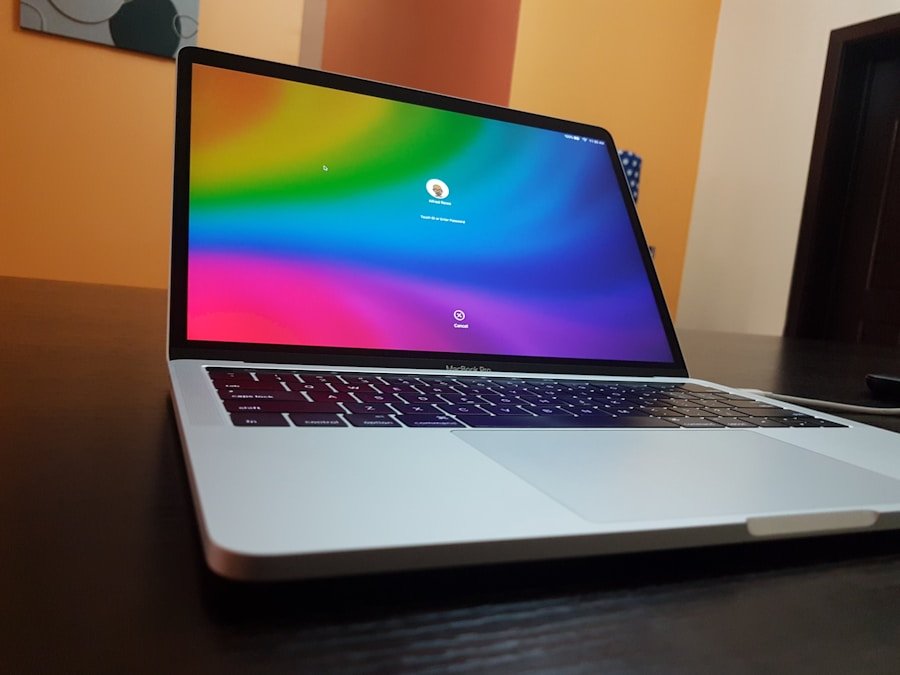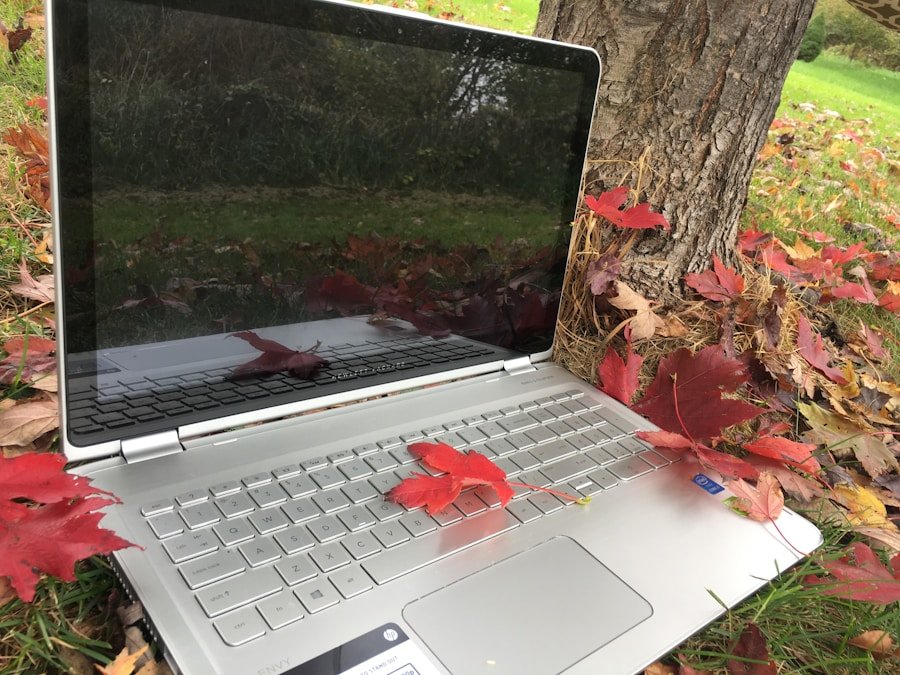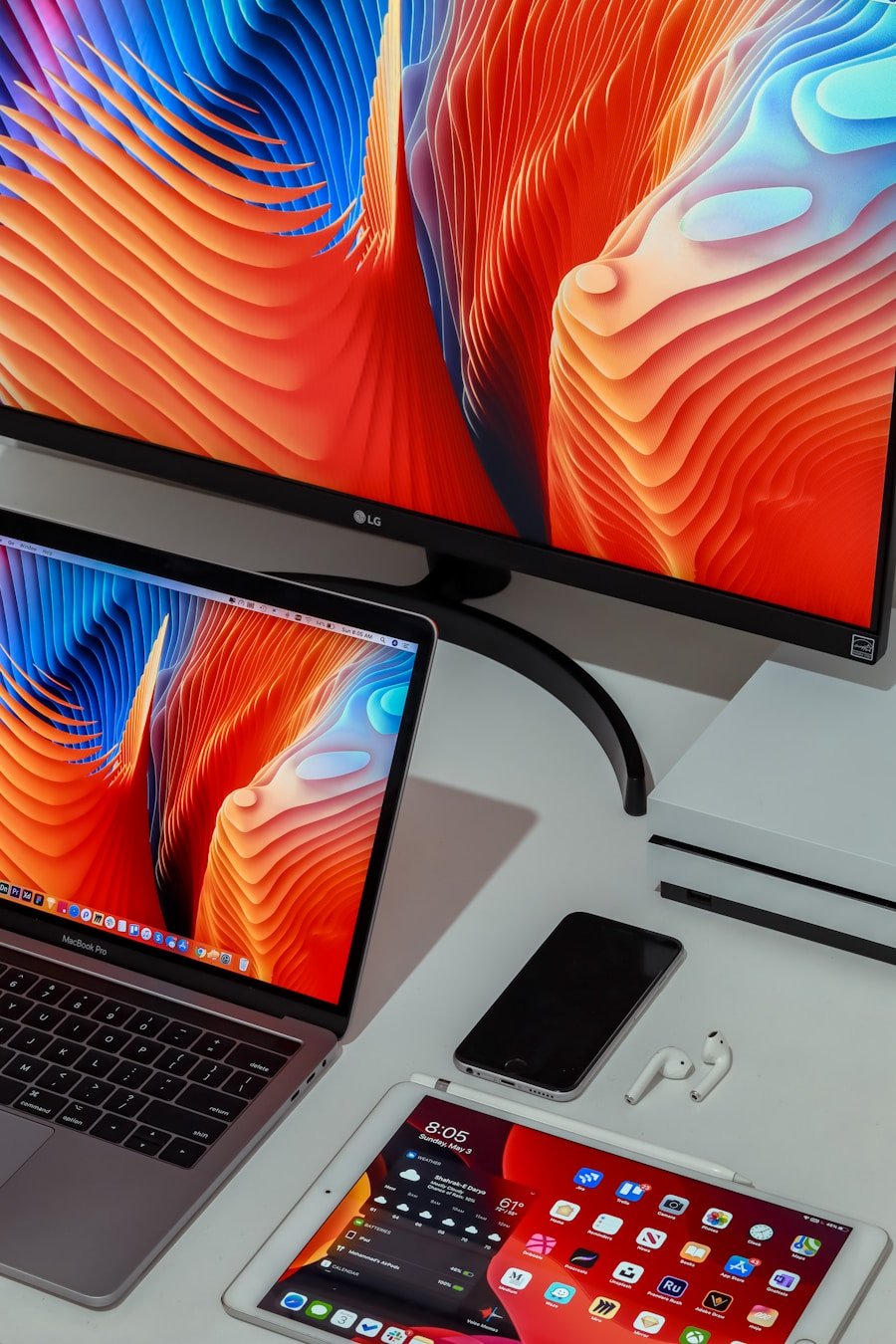The advent of Windows 11 has brought a fresh wave of excitement among users, particularly those who operate within the Apple ecosystem. For Mac users, the ability to run Windows applications seamlessly is a game-changer, and Parallels Desktop has emerged as a leading solution for this purpose. Parallels Desktop allows users to run Windows alongside macOS without the need for dual-booting, providing a smooth and efficient experience.
This virtualization software not only supports the latest Windows operating systems but also integrates well with macOS features, enabling users to switch between environments effortlessly. Running Windows 11 on Parallels Mac opens up a plethora of opportunities for productivity and gaming. Whether you are a developer needing to test applications across different platforms, a gamer wanting to access exclusive titles, or simply someone who requires specific Windows software for work, Parallels Desktop provides a robust platform.
The integration of features such as Coherence mode allows Windows applications to run as if they were native macOS applications, enhancing usability and streamlining workflows. This article will delve into the system requirements, installation process, setup, and tips for optimizing your experience with Windows 11 on Parallels Mac.
Key Takeaways
- Running Windows 11 on Parallels Mac allows users to access Windows applications on their Mac computers.
- System requirements for running Windows 11 on Parallels Mac include a Mac computer with an Intel Core i5 or i7 processor, at least 8GB of RAM, and 128GB of storage.
- Installing Parallels Desktop on Mac involves downloading the software from the Parallels website, following the installation prompts, and activating the software with a license key.
- Setting up Windows 11 on Parallels Mac requires creating a new virtual machine, selecting the Windows 11 ISO file, and following the installation prompts.
- Tips and tricks for running Windows 11 on Parallels Mac include allocating enough resources to the virtual machine, keeping the software updated, and using coherence mode for seamless integration with the Mac desktop.
- Troubleshooting common issues with running Windows 11 on Parallels Mac may involve checking for software updates, adjusting virtual machine settings, and ensuring compatibility with the Mac hardware.
System Requirements for Running Windows 11 on Parallels Mac
Microsoft’s Hardware Prerequisites
Microsoft has set specific hardware requirements for Windows 11, including a compatible 64-bit processor, at least 4 GB of RAM, and 64 GB of storage space.
Recommended Mac Specifications
A Mac with an M1 or Intel processor is recommended, as these architectures provide the necessary support for virtualization. Additionally, users should ensure their Mac is running macOS Monterey or later versions to ensure compatibility with the latest version of Parallels Desktop.
The software itself requires a minimum of 8 GB of RAM for optimal performance when running Windows 11, especially if you plan to multitask between macOS and Windows applications. Furthermore, having an SSD (Solid State Drive) rather than an HDD (Hard Disk Drive) can significantly enhance the speed and responsiveness of both operating systems. By meeting or exceeding these requirements, users can ensure a seamless experience when running Windows 11 on their Macs.
Installing Parallels Desktop on Mac

The installation process for Parallels Desktop is straightforward and user-friendly, designed to cater to both novice and experienced users alike. To begin, users must first download the latest version of Parallels Desktop from the official website. Once downloaded, the installation file can be found in the Downloads folder.
Double-clicking the installation file initiates the setup wizard, which guides users through the installation process step by step. Users will be prompted to enter their Mac’s administrator password to grant necessary permissions for the installation. After completing the installation of Parallels Desktop, users will need to activate the software using a valid license key.
Parallels offers various subscription plans, including a one-time purchase option and annual subscriptions that provide access to updates and additional features. Once activated, users can launch Parallels Desktop and begin the process of setting up a new virtual machine for Windows 11. The software provides an intuitive interface that simplifies the configuration process, allowing users to allocate resources such as CPU cores and RAM according to their needs.
For more information on setting up a virtual machine for Windows 11 using Parallels Desktop, you can visit the following link: Parallels Desktop
Setting up Windows 11 on Parallels Mac
| Steps | Time | Difficulty Level |
|---|---|---|
| Downloading Parallels Desktop for Mac | 5 minutes | Easy |
| Installing Parallels Desktop for Mac | 10 minutes | Easy |
| Downloading Windows 11 ISO | 5 minutes | Easy |
| Creating a new Windows 11 virtual machine | 5 minutes | Medium |
| Setting up Windows 11 on Parallels Mac | 15 minutes | Medium |
Setting up Windows 11 within Parallels Desktop is a critical step that requires careful attention to detail to ensure optimal performance. After launching Parallels Desktop, users can select the option to create a new virtual machine. The software offers several installation methods, including downloading Windows directly from Microsoft or using an existing ISO file.
For those who choose to download directly, Parallels simplifies the process by providing a link to Microsoft’s website where users can obtain a legitimate copy of Windows 11. Once the installation method is selected, users will be guided through configuring their virtual machine settings. This includes specifying how much RAM and how many CPU cores will be allocated to the virtual machine.
It is advisable to allocate at least 4 GB of RAM and two CPU cores for a satisfactory experience with Windows 11. Additionally, users can choose whether they want to enable features such as shared folders and clipboard synchronization between macOS and Windows. These features enhance productivity by allowing seamless file transfers and copy-pasting between the two operating systems.
After configuring the settings, users can proceed with the installation of Windows 11. The installation process is similar to that of a standard PC setup, requiring users to select their language preferences and accept license agreements. Once completed, Windows 11 will boot up within the Parallels environment, ready for use.
Users may need to install additional drivers or tools provided by Parallels to optimize performance further and ensure that all hardware components function correctly within the virtual machine.
Tips and Tricks for Running Windows 11 on Parallels Mac
To maximize the experience of running Windows 11 on Parallels Desktop, several tips and tricks can enhance performance and usability. One effective strategy is to utilize Coherence mode, which allows Windows applications to run alongside macOS applications without displaying the full Windows desktop.
To activate Coherence mode, users can simply click on the Coherence button in the Parallels menu bar. Another useful tip is to optimize resource allocation based on usage patterns. If you find that certain applications require more processing power or memory, consider adjusting the settings in Parallels Desktop accordingly.
Users can access the configuration settings for their virtual machine at any time and modify CPU and RAM allocations as needed. Additionally, enabling “Performance” mode in Parallels can help prioritize resources for demanding applications or games running in Windows 11. Regularly updating both macOS and Parallels Desktop is essential for maintaining compatibility and performance.
Updates often include bug fixes, security patches, and new features that enhance functionality. Users should also consider creating snapshots of their virtual machine at various stages of use; this allows them to revert back to a previous state if any issues arise during software installations or updates.
Troubleshooting Common Issues with Running Windows 11 on Parallels Mac

Running Windows 11 on Parallels Desktop can be a seamless experience, but users may still encounter some issues that require troubleshooting.
### Performance Issues
One common problem is performance lag or slow responsiveness when running resource-intensive applications. To resolve this, it is advisable to check the resource allocation settings. Ensuring that sufficient RAM and CPU cores are allocated can significantly improve performance. Additionally, closing unnecessary applications in both macOS and Windows can free up resources.
### Network Connectivity Issues
Another common issue involves network connectivity problems within the virtual machine. If Windows 11 fails to connect to the internet or local network resources, users should verify their network settings in Parallels Desktop. Ensuring that the virtual machine is set to use “Shared Network” mode typically resolves most connectivity issues. If problems persist, restarting both the virtual machine and the host Mac can often restore network functionality.
### Peripheral Device Issues
Lastly, users may encounter difficulties with peripheral devices such as printers or external drives not being recognized by Windows 11 in Parallels Desktop. To address this issue, it is essential to check whether these devices are properly connected and configured in macOS first. Users can also access the “Devices” menu in Parallels Desktop to manage USB devices and ensure they are connected to the virtual machine as needed.
By following these troubleshooting steps and utilizing available resources such as forums or support documentation from Parallels, users can effectively resolve most issues encountered while running Windows 11 on their Macs.
If you are interested in running Windows 11 for free on Parallels Mac, you may also want to check out this article on AppsSoftwares that provides a detailed guide on how to optimize your virtual machine settings for better performance. This article offers valuable tips and tricks to enhance your Windows 11 experience on Parallels Mac, ensuring a smooth and efficient operation. Additionally, you can reach out to their team for any further assistance or inquiries by visiting their contact page. Don’t forget to review their privacy policy to understand how your data is handled while using their services.
FAQs
What is Parallels Desktop for Mac?
Parallels Desktop for Mac is a software application that allows users to run Windows and other operating systems on their Mac computer.
Can I run Windows 11 for free on Parallels Desktop for Mac?
Yes, you can run Windows 11 for free on Parallels Desktop for Mac by using the Windows 11 Insider Preview. This allows you to test Windows 11 on your Mac without purchasing a Windows license.
What are the system requirements for running Windows 11 on Parallels Desktop for Mac?
To run Windows 11 on Parallels Desktop for Mac, your Mac must meet the minimum system requirements for Windows 11, including a compatible processor, at least 4GB of RAM, and 64GB of storage.
Is it legal to run Windows 11 for free on Parallels Desktop for Mac?
Yes, it is legal to run Windows 11 for free on Parallels Desktop for Mac using the Windows 11 Insider Preview. Microsoft allows users to test pre-release versions of Windows for free through its Windows Insider Program.
Can I use Windows 11 for free on Parallels Desktop for Mac for commercial purposes?
No, using Windows 11 for free on Parallels Desktop for Mac for commercial purposes is not allowed. The free Windows 11 Insider Preview is intended for testing and non-commercial use only. If you plan to use Windows 11 for commercial purposes, you will need to purchase a valid Windows license.
